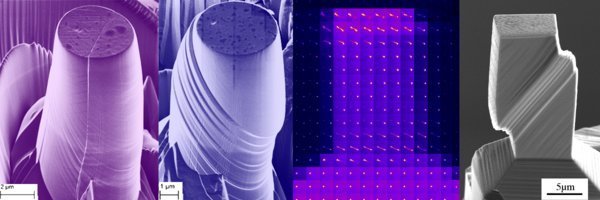In AM, parts are built from layer by layer fusion of raw material (eg. wire, powder etc.). Such layer by layer application of heat results in a time-temperature profile which is fundamentally different from any of the contemporary heat treatments.
Previous work in the group has established that this unique thermal profile can be exploited for microstructural modifications (eg. clustering, precipitation) during manufacturing. The aim of this work is to develop a fundamental understanding of such a strongly non-linear, peak-like thermal history on the precipitation kinetics.


